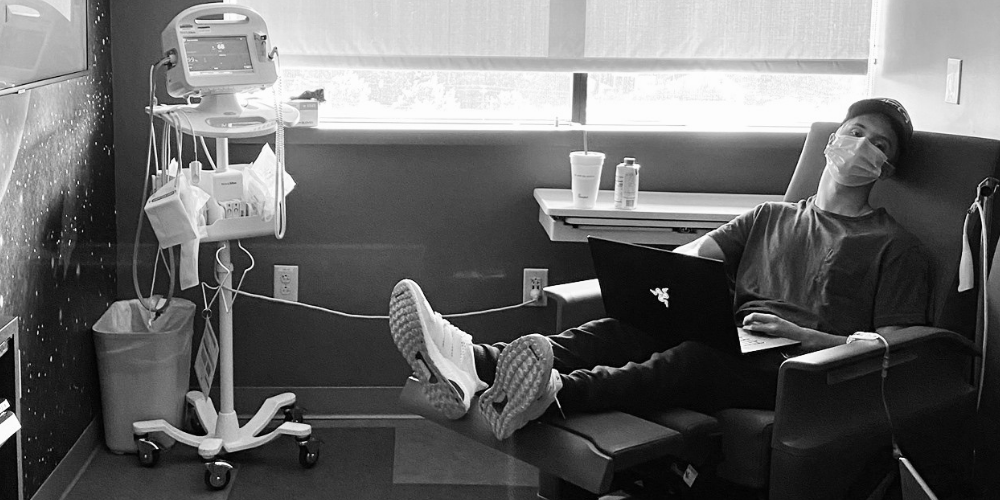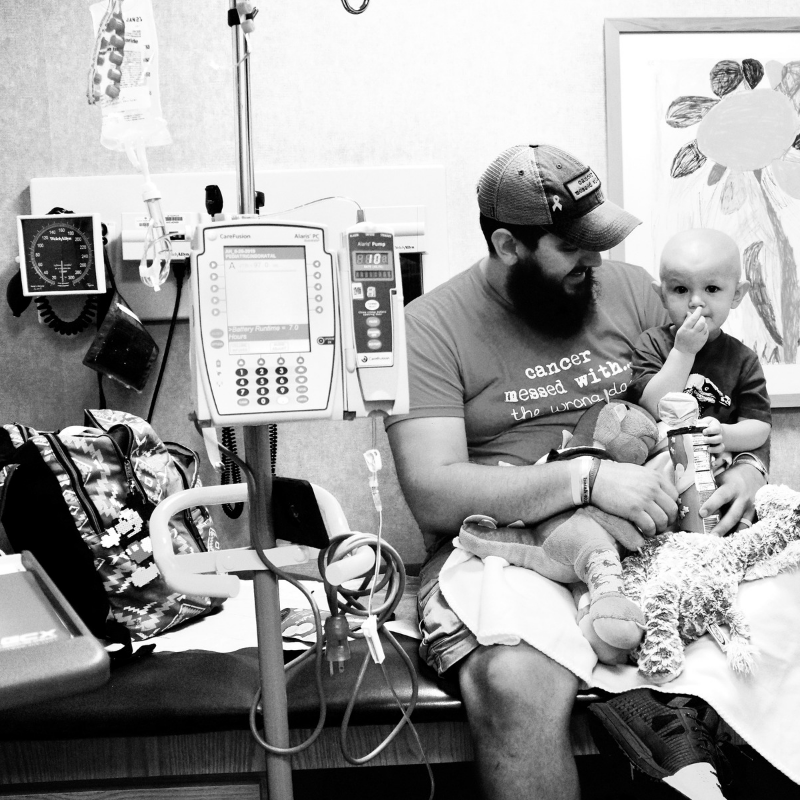Rhabdomyosarcoma Facts
Rhabdomyosarcoma is a type of cancerous tumor that develops in the soft tissues, particularly in muscles. It originates from immature cells that are destined to become skeletal muscle cells. It is the most common soft tissue sarcoma in children, but it can occur at any age.
There are two primary types of rhabdomyosarcoma:
- Embryonal rhabdomyosarcoma is most commonly seen in children under the age of 5. It often affects areas such as the head and neck, bladder, vagina, prostate and testicles.
- Alveolar rhabdomyosarcoma can occur in individuals of all age groups and often affects the large muscles of the arms, legs and trunk.
Alveolar rhabdomyosarcoma tends to be more aggressive and may have a poorer prognosis compared to embryonal rhabdomyosarcoma.
- Soft tissue sarcomas, including rhabdomyosarcoma, constitute approximately 7-8% of all childhood cancers. While relatively rare compared to other types of childhood cancers, rhabdomyosarcoma is the most common soft tissue sarcoma in children.
- About two-thirds of rhabdomyosarcoma cases are diagnosed in children younger than age 10.
- There is a slightly higher incidence of rhabdomyosarcoma in males compared to females.
- Rhabdomyosarcoma occurs more frequently in Caucasians compared to African-Americans.
- The symptoms of adrenal cortical carcinoma can vary depending on several factors, including the size and location of the tumor and whether it produces excess hormones. Common symptoms may include:
- Abdominal pain or discomfort
- Mass or swelling in the abdomen
- Unexplained weight loss
- High blood pressure (hypertension)
- Hormonal changes leading to symptoms such as virilization (masculinization) in females or precocious puberty in children
- Surgery plays a crucial role in the management of rhabdomyosarcoma and may be performed to biopsy the tumor, which involves removing a small portion of tissue to be examined in the laboratory. This biopsy helps confirm the diagnosis of rhabdomyosarcoma and provides information about the tumor’s characteristics.
- Subsequently, surgery is often utilized to remove as much of the tumor as possible, aiming for complete excision whenever feasible. The extent of surgery depends on various factors, including the tumor size, location and involvement of adjacent structures.
- Following surgery, all patients with rhabdomyosarcoma typically receive chemotherapy. Chemo involves the administration of powerful medications that target and kill cancer cells or inhibit their growth and division. Chemo drugs may be administered intravenously to allow them to circulate throughout the body and target cancer cells wherever they may be present. Some chemotherapy medications may also be given orally.
- Combination chemotherapy, which involves using multiple drugs simultaneously, is often employed to maximize effectiveness.
- Depending on the response to initial treatment and the specific characteristics of the tumor, additional surgery and/or radiation therapy may be recommended. Radiation therapy uses high-energy X-rays or other types of radiation to kill cancer cells or stop them from growing.
- Survival rates depend on factors such as tumor size and location and the amount of tumor that can be removed.
- When rhabdomyosarcoma is localized, meaning it has not spread to distant sites, more than 70% of children survive long-term.
- Even after successful treatment, ongoing monitoring and follow-up care are essential for detecting any signs of recurrence or late effects of treatment and providing necessary support to patients and their families.




